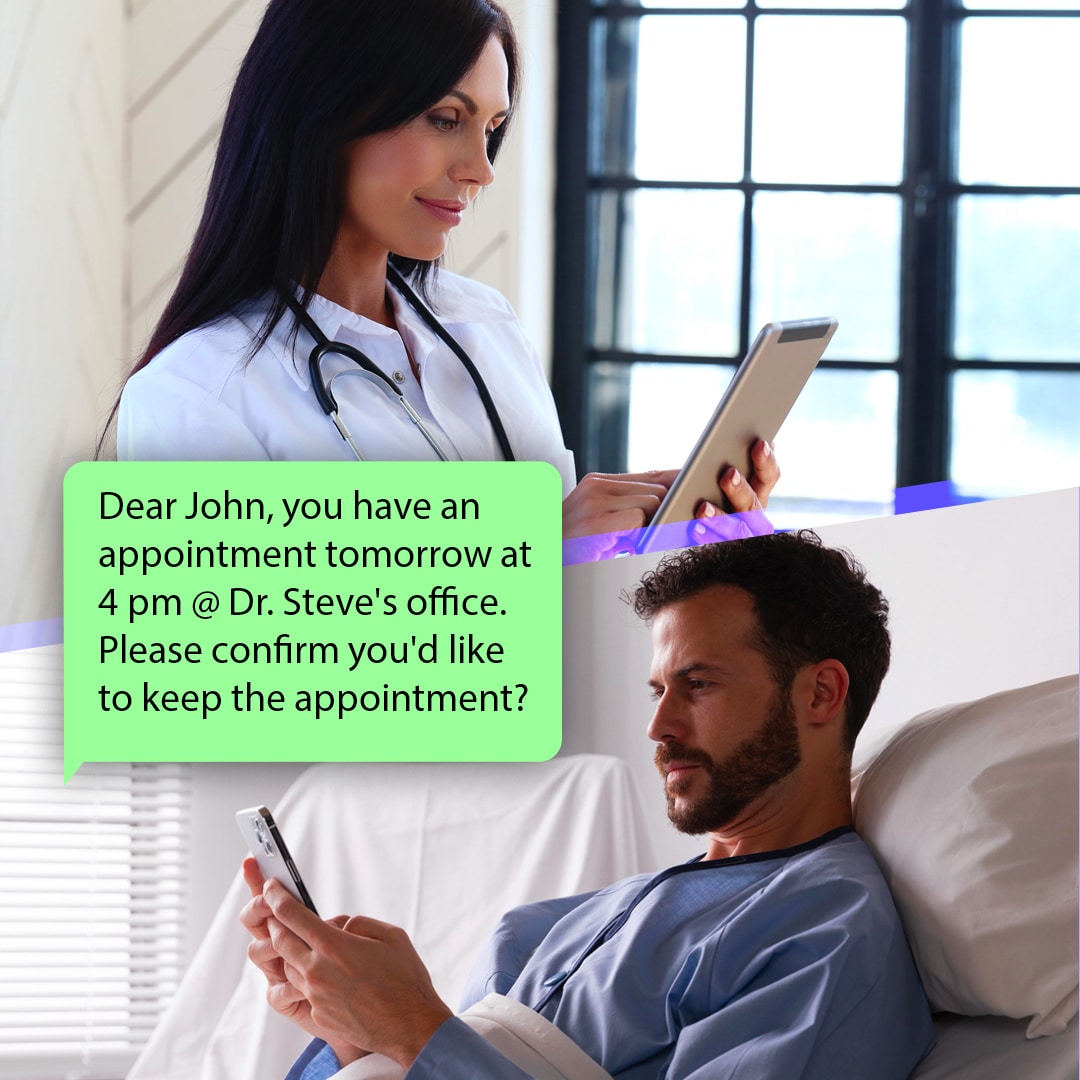Table of Contents
- 1. Understand the Importance of Timing
- 2. Choose the Right Communication Channel
- 3. Keep Your Message Clear and Concise
- 4. Use Automation for Immediate Delivery
- 5. Monitor and Adjust in Real-Time
- 6. Plan for Contingencies
- 7. Ensure Compliance with Regulations
- 8. Evaluate the Message’s Urgency
- 9. Personalize the Message Where Possible
- Final Thoughts!
In today’s fast-paced world, effectively delivering time-sensitive messages can make or break a communication strategy. Timing is everything whether you’re sending emergency alerts, promotional offers, or important updates. When done right, these messages can drive action, increase engagement, and even build trust with your audience. In this guide, we’ll explore how to deliver time-sensitive messages that resonate, prompt immediate responses, and meet your objectives.
1. Understand the Importance of Timing
Timing is crucial in delivering time-sensitive messages. A message sent too late can miss the mark, while one sent too early might get lost in the noise. Therefore, it’s essential to understand your audience’s behavior and preferences. For instance, consider your recipients’ time zones and typical daily routines. This knowledge lets you choose the optimal moment to send your message, ensuring it’s received and acted upon promptly.
Example: A retail store announces a flash sale via SMS. Sending this message during peak shopping hours, like lunch breaks or early evenings, increases engagement and participation.

2. Choose the Right Communication Channel
Selecting the appropriate communication channel is just as important as timing. Different messages require different mediums. For instance, SMS is ideal for urgent notifications because it’s direct and has a high open rate. On the other hand, email might be better for detailed updates that aren’t as time-sensitive. Social media can be useful for reaching a broader audience quickly, especially during emergencies or important public announcements.
Example: During severe weather conditions, local authorities can use SMS and push notifications to deliver real-time alerts, ensuring the message reaches citizens immediately.
3. Keep Your Message Clear and Concise
When time is of the essence, clarity is key. Your message should be straightforward, with a clear call to action. Avoid unnecessary details that might confuse the recipient or delay their response. Instead, focus on the essential information that needs to be conveyed. Short sentences and simple language work best in these situations.
Example: An airline needs to inform passengers of a gate change. A simple SMS stating, “Gate change: Flight 123 now departs from Gate 45. Please proceed to the new gate immediately,” gets the message across without any confusion.
4. Use Automation for Immediate Delivery
Automation can be a game-changer when delivering time-sensitive messages. With automated systems, you can schedule messages sent at specific times or triggered by certain events. This ensures that your communication goes out exactly when needed, without delay. Additionally, automation allows for personalization at scale, which can enhance the effectiveness of your message.
Example: An e-commerce site sends an automated SMS to customers who abandon their carts, reminding them of the items left behind. The company increases the chances of the customer completing their purchase by timing this message to be sent within minutes of the cart being abandoned.
5. Monitor and Adjust in Real-Time
The ability to monitor the performance of your time-sensitive messages in real-time is crucial. By tracking metrics such as open rates, click-through rates, and response times, you can quickly assess the effectiveness of your campaign. If the data indicates that the message isn’t performing as expected, you can make adjustments on the fly to improve outcomes. This agility is essential when dealing with time-critical situations.
Example: A company notices that their SMS notification about a limited-time offer isn’t generating the expected response. They quickly send a follow-up message with a stronger call to action and an additional incentive, such as a bonus discount, to drive urgency.

6. Plan for Contingencies
Not all time-sensitive situations are predictable, so it’s important to have a contingency plan. Identify potential scenarios that may require immediate communication, such as system outages, product recalls, or security breaches. Develop pre-written templates and workflows that can be quickly deployed in these situations. This preparation allows you to respond swiftly when the unexpected occurs.
Example: A software company experiences an unexpected server outage. They immediately send an SMS to affected customers, informing them of the issue and providing an estimated time for resolution, followed by a link for updates.
7. Ensure Compliance with Regulations
When delivering time-sensitive messages, especially via SMS or email, it’s essential to comply with all relevant regulations. This includes obtaining proper consent from recipients and providing options for them to opt-out if they choose. Failure to adhere to these regulations can result in fines and damage to your reputation.
Example: A financial institution sends urgent account alerts via SMS. They ensure that all customers have opted in to receive these alerts and include an option to stop the messages, complying with the TCPA (Telephone Consumer Protection Act) requirements.
8. Evaluate the Message’s Urgency
Not all messages require the same level of urgency. It’s important to evaluate the urgency of your message to determine the appropriate communication strategy. Use channels that ensure immediate delivery and visibility for highly urgent messages, such as emergency alerts. Consider channels that allow for more detailed communication, such as email or a dedicated app notification for less critical messages.
Example: A school uses SMS to send an immediate alert about a weather-related closure, while a less urgent reminder about upcoming parent-teacher conferences is sent via email.
9. Personalize the Message Where Possible
Personalization can make time-sensitive messages more impactful and easier to deliver. Addressing the recipient by name or tailoring the content to their specific needs or interests can increase engagement. However, keep personalization relevant and straightforward to avoid overcomplicating the message.
Example: A healthcare provider sends personalized appointment reminders via SMS, including the patient’s name and the specific details of their upcoming visit, which helps reduce no-show rates.

Final Thoughts!
Delivering time-sensitive messages effectively requires careful planning, the right tools, and a deep understanding of your audience’s needs and behaviors. By mastering the timing, selecting the appropriate communication channels, and crafting clear and concise messages, you can ensure that your urgent communications are received, understood, and acted upon promptly.
Remember to monitor the performance of your messages in real-time and be prepared to make adjustments as needed. With the right strategy, you can understand how to deliver time-sensitive messages that not only reach your audience but also drive the desired results.






